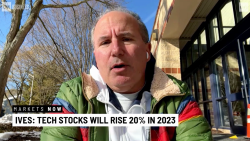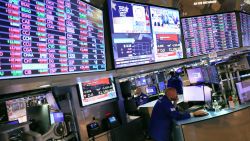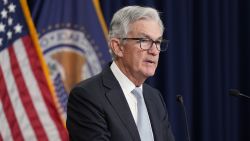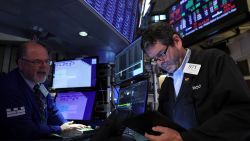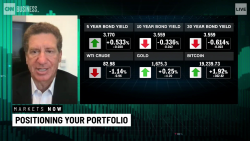Global manufacturing has been a drag on the world economy all year. A recovery could be around the corner–but only if conditions are right.
America’s manufacturing sector got clobbered in 2019 as the effects of the US-China trade war took their toll. Globally, things didn’t look much better. Weak auto sales across the board have added to the sector’s plight.
“The downturn in the global car market since the middle of 2018 has been a key force behind the slump in global manufacturing, and the car sales picture is turning out a lot worse than we expected,” said Brian Coulton, chief economist at ratings agency Fitch.
With only a month left in the year, global auto sales are on track for a 3.1 million drop, about 4%, for the year, according to Fitch. That would be the biggest decline since 2008, when the financial crisis hit, and the second year in a row that sales have fallen. Fitch expects worldwide car sales to total 77.5 million in 2019.
Declining demand from China, which is the world’s largest auto market and where sales have fallen 11% this year so far, is the main driver behind the drop. Earlier this year, Beijing lowered the subsidy for electric vehicles, which led to a drop in sales.
But the falling vehicle sales didn’t stop at China’s borders.
“There seems little reason to anticipate a rebound in global car sales in 2020, even if China sales see a marginal recovery of around 1%,” said Coulton. “This means that the auto market will likely continue to weigh heavily on global manufacturing and on economies with a high exposure to this sector, such as Germany.”
In fact, Germany is already on the brink of recession. On Tuesday, Germany car maker Audi announced it would cut 7,500 jobs.
This doesn’t bode well for the global manufacturing recovery.
Nonetheless, there is some light at the end of the tunnel. The global manufacturing index fell less than in prior months to October, albeit logging its sixth month of declines in a row.
It all comes back to trade
The trade war between the United States and China has been the biggest theme of the year. Global stock markets have ebbed and flowed in line with trade headlines, while the business community held back investments in order to wait and see what negotiations might bring.
It’s possible that global manufacturing could rebound in 2020, but this, too, depends on whether there is a deal.
At least global central banks are betting on a recovery. Major central banks, including the Federal Reserve, are cutting interest rates, leading to favorable financial conditions that have historically helped the world economy.
But the constant back-and-forth around the US-China trade war continues to linger, outweighing outweigh these favorable conditions.
“You do really need to have a trade deal to remove this cloud of uncertainty,” said Michael Sheldon, executive director and CIO of RDM Financial Group at HighTower.
Bejijng and Washington agreed to a preliminary deal in October, which hasn’t been signed yet. Investors are beginning to wonder whether this “phase one” agreement will ever graduate to a full-blown trade deal.
The next round of tariffs is due to hit on December 15 and will take aim at consumer goods. The United States delayed the levies so Christmas shoppers won’t be deterred.



